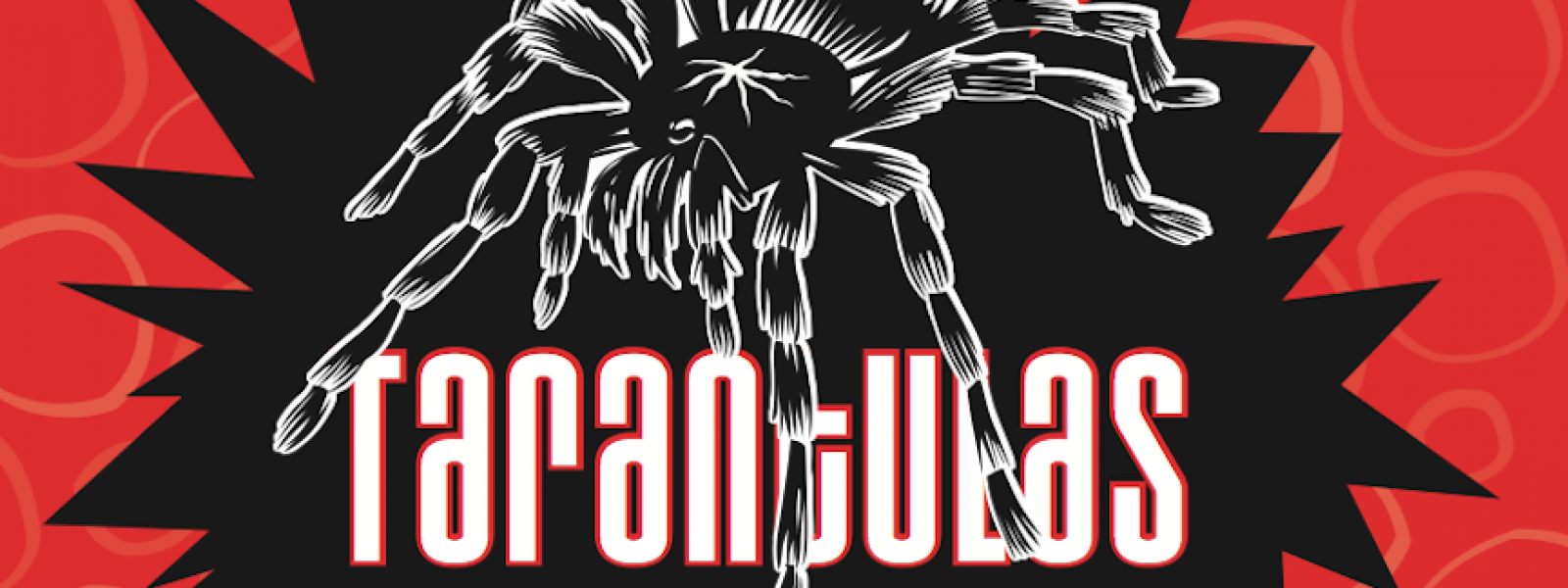Eight-Legged Treats
Of all the foods I have eaten in my lifetime, the tarantula strikes me as one of the strangest from a psychological standpoint. We are pre-conditioned in this country to think of these fuzzy insects as scary and poisonous, belonging on Halloween decorations, not dinner plates. But they taste great, reminding me of land crabs, sweet and delicate. I only eat them fresh; I have gotten pretty picky. I need to see them go from basket to wok to me. I don’t eat pre-bunned hot dogs on the street and I don’t eat pre-cooked tarantulas. Couple of reasons: Freshness counts and even in many Southeast Asian countries where tarantulas are commonly eaten, some vendors hawk less-than-fresh product. The flavor of an old fried tarantula is unpleasant, reeking of fryer oil and lacking all the sugary nuance of a fresh crab. And second, once you’ve defanged your own tarantulas in Skuon and eaten them hot from the wok, you never go back to street spiders. Traveling and eating can spoil a man.
Sometimes necessity drives culinary trends. The Khmer Rouge—a political party that ruled Cambodia in the 1970s—set out to make the country an agrarian-based Communist society. The party’s policies led to severe poverty, famine, and death. Hungry Cambodians looked to alternative proteins, and many people began eating tarantulas and other insects. More than thirty years later, Cambodians still enjoy this eight-legged snack.


Fun Facts about Tarantulas
- Tarantulas are carnivores and love a meal of insects, frogs, toads, and mice. The giant spider grabs its prey with its legs, then injects its victim with a paralyzing, poisonous venom. It secretes digestive enzymes that liquefy its victims’ bodies. The tarantula will suck them up like a strawberry milk shake through its straw-like mouth openings. After a large meal, the stuffed tarantula may not need to eat for a month.
- Nice legs! An average tarantula will grow to about 4.75 inches long with a leg span of up to 11 inches. A full-grown tarantula weighs in at about 1–3 ounces.
- Periodically, tarantulas shed their exoskeletons. They can also replace some internal organs and will regenerate lost appendages.
- Got something in your teeth? Tarantula fangs are used as toothpicks by the Piaroa Indians of Venezuela.


Phobias
The Mayo Clinic (not to be confused with the Mayonnaise Clinic) defines a phobia as “an overwhelming and unreasonable fear of an object or situation that poses little real danger.” You’ve probably heard of one of the most common phobias: arachnophobia, or fear of spiders. However, there are lots of much weirder phobias out there like peladophobia, the fear of bald people. I’m not that scary, am I?

